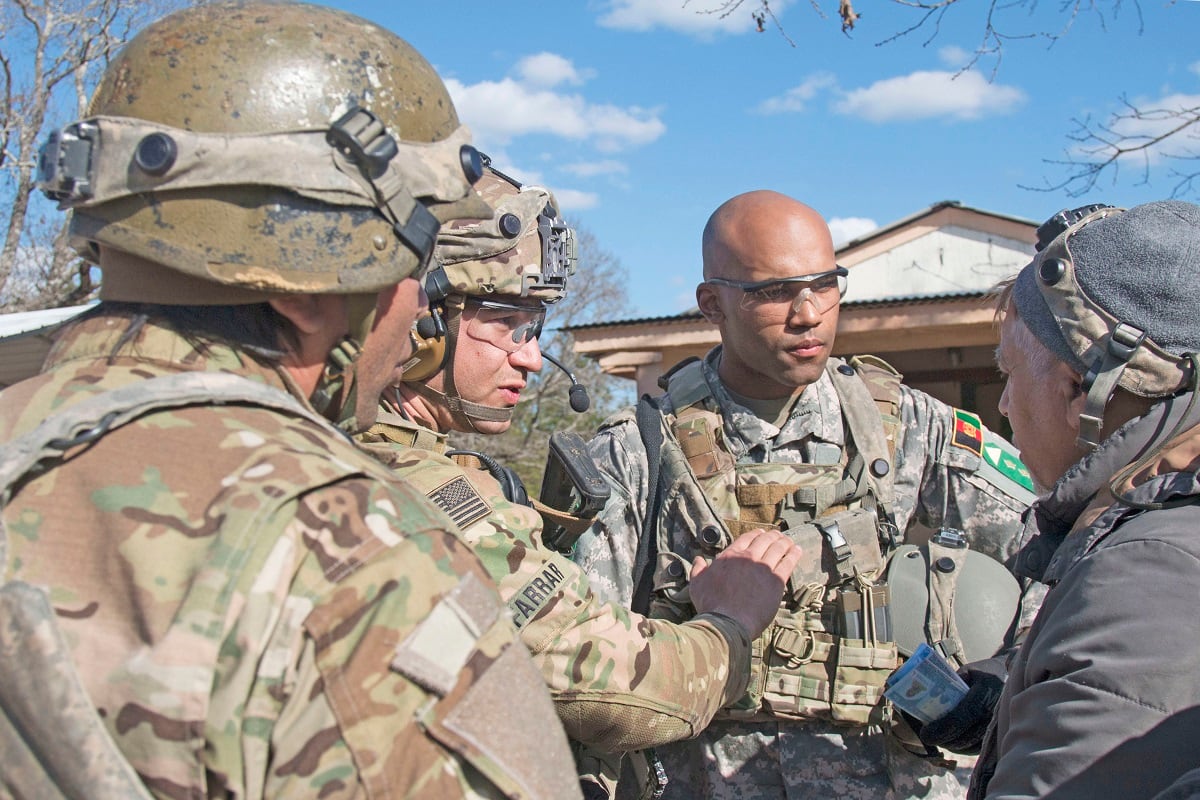The Army’s latest security force assistance effort hit two big milestones in June: The 1st Security Force Assistance Brigade marked its first anniversary, as well as 100 days on the ground in Afghanistan.
Meanwhile, back home, a second SFAB is training for future missions and three more are recruiting and readying to stand up — while lawmakers are raising questions about whether the Army should really be in the security force assistance business at all.
“I think it’s an important mission, let me first say that right up front,” retired Lt. Col. Nathan Freier, a professor with the Strategic Studies Institute at the Army War College and associate at the Center for Strategic and International Studies, told Army Times in a June 18 phone interview. “I would also say, at the same time … you have to recognize that resources are finite, that you have to prioritize based on strategic and operational demands.”
For now, the Army is still on a heading to stand up six total SFABs, five in the active component and one in the Army National Guard.
The 1st SFAB has been in Afghanistan for three months, and it has begun sharing its experiences there, through media engagements with commander Col. Scott Jackson.
“When we leave, our partners will be more technically and tactically capable, more offensive-minded, more self-sustaining and deserving of the trust of the Afghan people,” he told reporters in a June 13 video conference from downrange.
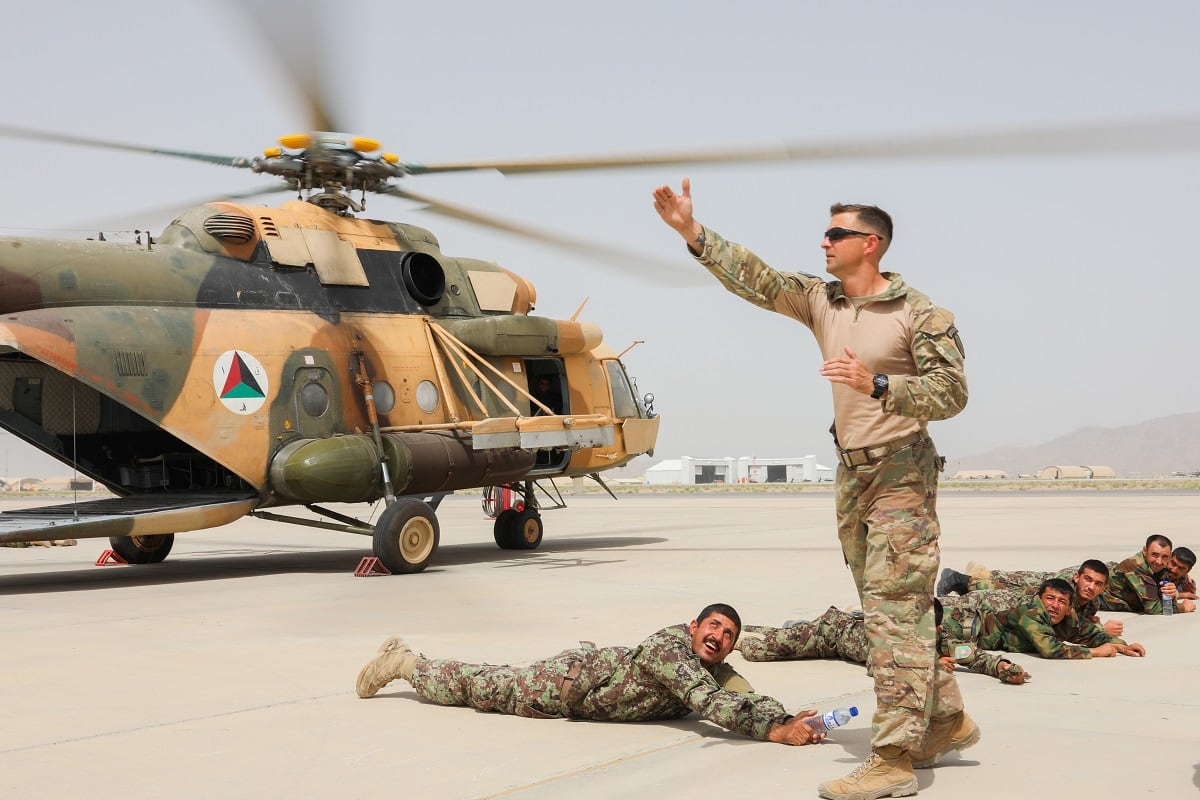
Army Secretary Mark Esper has also made the journey, visiting advisers in person during a mid-June trip.
The 2nd SFAB’s soldiers have completed their training at Fort Benning, Georgia, and returned home to Fort Bragg, North Carolina, but they have not as yet been slated for an upcoming deployment, Esper told Army Times on June 14.
In the meantime, three more posts are gearing up to receive SFABs, and personnel officials are mulling ways to incentivize joining them, from home station stabilization to bonuses.
Filling the ranks
In May, the Army announced that SFABs three, four and five would stand up over the next couple of years at Fort Hood, Texas, Fort Carson, Colorado, and Joint Base Lewis-McChord, Washington.
There had been some signs of that decision leading up to the announcement, for instance, when leadership held an SFAB recruiting event at Fort Hood in April.
Following the announcement, another team headed to JBLM to sell soldiers on making the switch.
Recruiting for the first two SFABs was a little more far-flung, knowing that the Army would have to pull from all over the service to send troops to the first iteration and Fort Benning, and then, a year later, to Fort Bragg.
Those posts were chosen for their size and available space for not only a brigade headquarters, but in the case of Fort Benning, a separate schoolhouse for training SFAB hopefuls.
But now, with a handful of posts already home to divisions, efforts have turned to intra-post recruiting to fill roughly 800 slots in each brigade.
“First of all, you have to think of where are the populations of soldiers that are likely to join the SFAB?” Esper said of the basing decisions. “So, that immediately draws you to large posts with BCTs and whatnot, because you’re trying not to create turbulence in the force with [permanent change of station] moves.”
Indeed, soldiers who are already serving, for example, with the 2nd Infantry Division, 4th Infantry Division or 1st Cavalry Division might be attracted to the possibility of a second operational assignment in a row while being able to stay in their current home.
“You’re trying to make it easy so they can move back and forth between an SFAB and a brigade combat team,” Esper said.
There’s also a good bit of money on the line for NCOs who re-enlist with an acceptance to an SFAB.
Last year, the Army offered $5,000 free and clear to join up. Now, if you re-enlist and join, there’s between $3,700 and $57,600 available, depending on your MOS and the length of the contract.

Too late?
While the Army works to sell the benefits and rewards of the SFABs, both to national security leaders and soldiers themselves, skepticism is never far off.
There’s nothing new about security force assistance in the Army, Freier said, though the details have changed continuously.
“The evolution is an interesting one, right? It went from a mission that was largely viewed, at least pre-Iraq War, as a Special Forces mission,” he said. “It evolved based on, sort of, the industrial scale that we had to do it during the wars in Iraq and Afghanistan.”
And despite having ended combat operations in Iraq in 2011 and Afghanistan in 2014, there has been no break in rotations of American soldiers heading back to support local forces in Afghanistan, and the rise of ISIS sent troops right back to Iraq in 2014.
Conventional troops have continued to support these missions for two reasons, according to Freier.
“There weren’t enough Special Forces to go around, and, second, because Special Forces were increasingly evolving toward more focus on direct action and counterterrorism,” he said.
While Freier was in Iraq in 2005, he said, the discussion of military transition teams was just getting underway. Later, the Army fielded Security Force Advisory and Assistance Teams to Afghanistan in 2013 to ease the U.S. withdrawal of combat troops.
SFABs are the latest iteration, and once fully stood up, have the potential to be regionally aligned, so that teams are specialized in Africa, Asia, South America, the Middle East and so on.
“We started fielding these brigades like 10 years too late,” Freier said of his initial reaction to the SFAB announcements last year. “And that wasn’t a critique, you know? It’s the way the machine rolls. Once we got our minds around it, it sort of came out too late.”
Not too late because security force assistance doesn’t have an impact on these countries, but because the Army is already making a pivot toward preparing for a ground war against a country like China or Russia, and won’t have enough resources to devote to both priorities.
“There are more missions than there are forces right now,” Freier said. “You’re not going to see an expansion of the Army such that you’ll be allowed to have these parallel structures much longer, in my opinion.”
In a way, the SFABs are a hedge against having to cut any missions out. Army leadership saw that BCTs were losing proficiency in more advanced warfare as they deployed their headquarters elements for the train, advise and assist mission.
It would seem that the SFAB would allow BCTs to get back on track, while diverting a small number of experienced officers and NCOs for a security force assistance specialty.
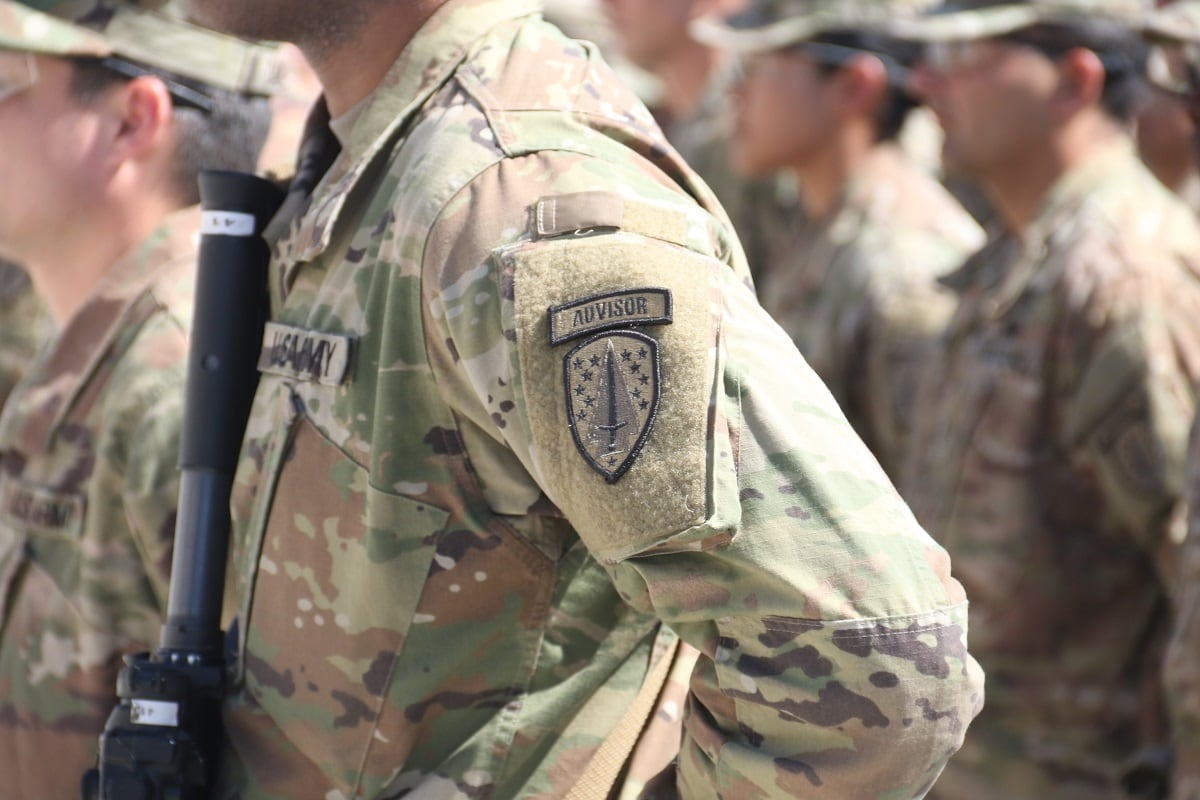
But it’s unlikely the Army will have enough resources or flexibility to do both jobs well, Freier said.
“I’m not actually advocating for or against either structure, to be perfectly honest,” he said. “For example, I would argue that probably the brigade combat team itself is going to experience some tension, because the types of formations that are required, for example, to offset the threat associated with regional [People’s Republic of China] in the Pacific — and the Russians in Europe — don’t look like the same forces.”
There are going to be different demands in the switch from supporting partners of “questionable quality and organization,” as in Afghanistan and Iraq, to “relatively well-established security forces in theaters like the East Asian littoral and Europe,” Freier said.
Divide and conquer?
As the Army continues to build its security force assistance community, another question is coming around the corner: Should they even be doing it at all?
The Defense Department as a whole will have to figure out how to delegate and balance the priorities of those near-peer, high-tech fights with long, drawn out counter-insurgency missions, which have only multiplied over recent decades.
A Senate bill introduced in early June asks the services to examine just that question, hinting that members of the armed services committee have been mulling the idea of assigning one service to each of these key missions: the Army for the near-peer, and the Marine Corps for the low-intensity.
That approach raises some flags, however, especially for Esper.
“We don’t have the luxury to be able to pick one and just do that,” he told Army Times. “Think about if you had to have just a force only dedicated to each one of those. We have to be ambidextrous. We have to be a decathlete, if you will.”
RELATED
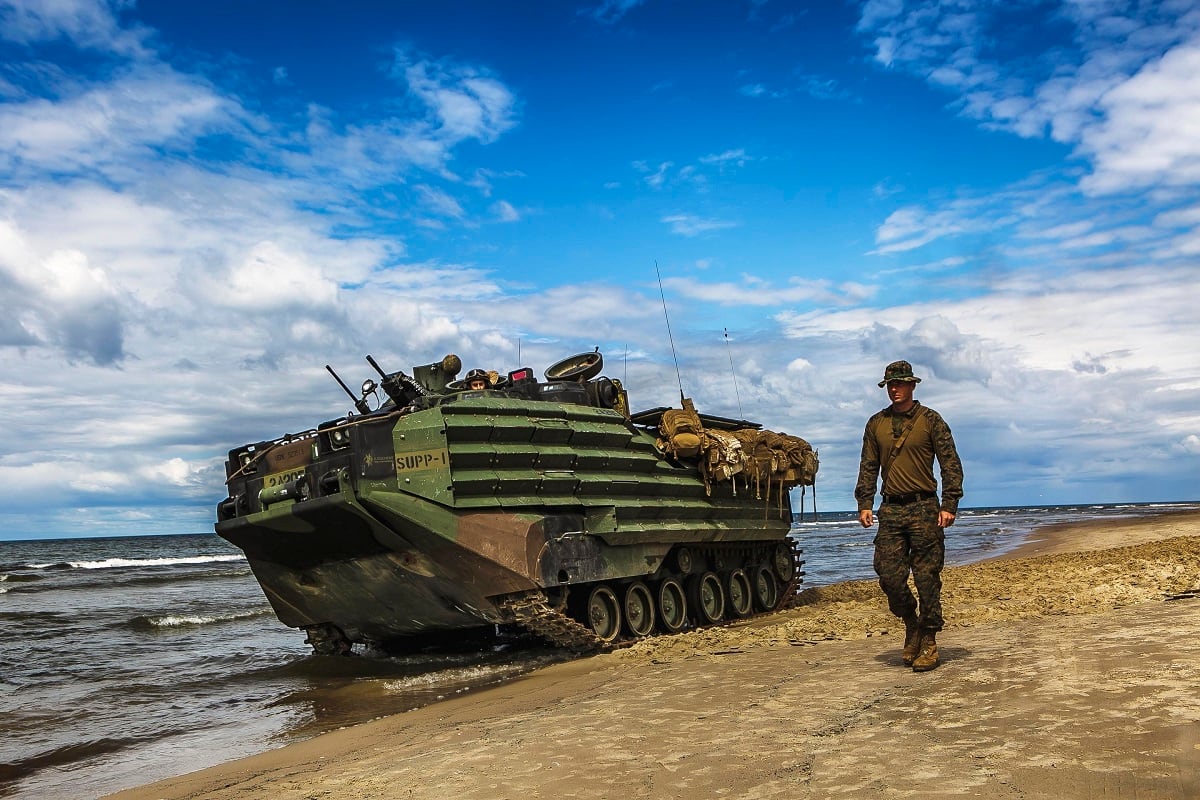
In addition to high-end fights and low-intensity conflicts, the Army also has homeland security and humanitarian support on its plate, Esper said, and the key is to train to a standard that allows forces to ramp down for less intense environments.
“You pick one point on that spectrum, you train for it, and it gives you the flexibility to do other things along that spectrum,” he said. “We’re confident we can move down that spectrum to do low-intensity conflict or humanitarian operations.”
Realistically, he added, the Army can’t just silo itself.
“I can’t say, ‘oh, my small war force is over there,’ ” he said. “ ‘Small war force, you go over there, while the big war force sits.’ ”
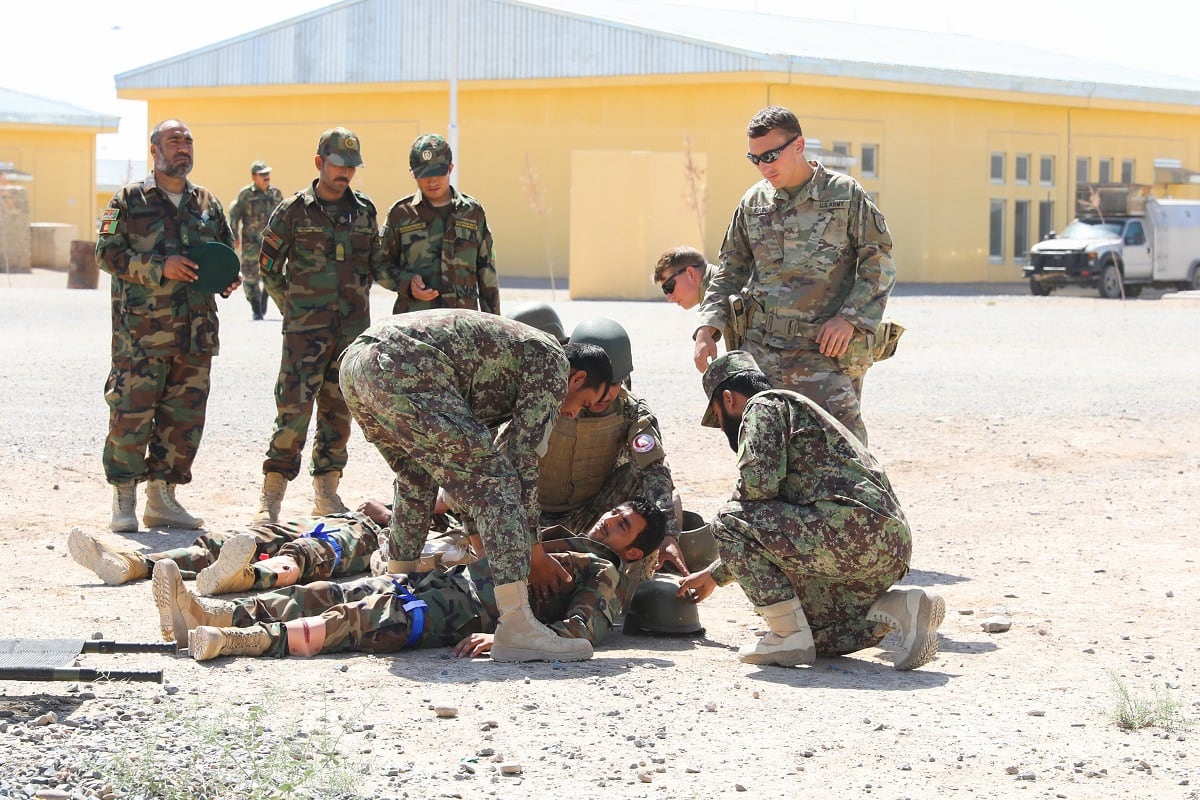
Given the Marine Corps’ history, it seems intuitive that counterinsurgency could be their long-term focus, but overspecialization can stifle a force’s flexibility, according to Freier.
“Don’t you think, in a lot of ways, that’s the age-old debate?” he said. “The Marine Corps is rooted in this small wars tradition, kind of, not that the Army has not done that repeatedly. They’ve both operated in each other’s space.”
And for good reason, because they’ve worked in complement with each other over the past hundred years.
“Whether you’re talking about security force assistance or you’re talking about high-end maneuver warfare against a high-tech opponent — there has to be that level of flexibility in both the Army and the Marine Corps,” he said.
The Senate bill calls for DoD to get an analysis together and sent over by February, but the bill still requires House approval to become law.
Meanwhile, the Army will continue to stand up its active duty SFABs, with a target have them fully manned and trained by 2019, Army spokesman Maj. Christopher Ophardt said.
“We still anticipate that SFABs will be in high demand for both contingency operations and combatant command theater security cooperation missions,” he said.
Meghann Myers is the Pentagon bureau chief at Military Times. She covers operations, policy, personnel, leadership and other issues affecting service members.
